In a world where Instagram hotspots and overcrowded tourist trails dominate travel feeds, there’s something undeniably alluring about the idea of disappearing — even if just for a while — to a remote, almost forgotten island. These are the kind of places where time slows down, the air smells like salt and adventure, and you’re more likely to meet a fisherman than a fellow tourist.
If you’re craving a true off-the-grid experience or a destination that doesn’t scream commercial tourism, this list is your compass. Here are six remote islands you’ve probably never heard of, but absolutely should consider for your next unforgettable getaway.
1. Tristan da Cunha – The Most Remote Inhabited Island on Earth
Location: South Atlantic Ocean
Population: ~240
Accessibility: 7-day boat journey from Cape Town, South Africa
Tucked away in the South Atlantic, Tristan da Cunha is officially the most isolated inhabited island on the planet. No airport. No resorts. No mass tourism. Just a rugged volcanic island surrounded by wild seas and home to a resilient, close-knit community.
The entire island is essentially one village: Edinburgh of the Seven Seas. Visitors are rare, and when they do arrive (by boat only), they’re welcomed with open arms. Activities include hiking volcanic slopes, bird watching (it’s a haven for seabirds), and immersing yourself in one of the most unique island cultures still untouched by the modern world.
Off-the-grid level: 10/10
Best time to visit: December to April (Southern Hemisphere summer)
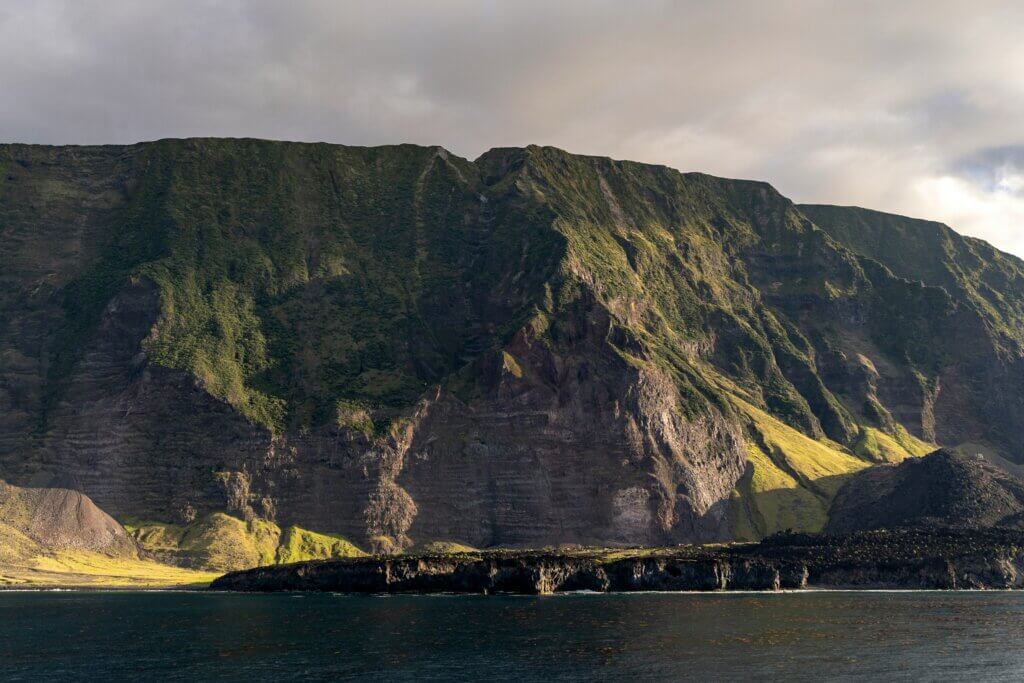
2. Socotra, Yemen – The Alien Island
Location: Arabian Sea
Population: ~60,000
Accessibility: Flights from Abu Dhabi (seasonal)
Imagine landing on an island that looks like it belongs on another planet. Socotra, part of Yemen but geographically closer to Somalia, is home to over 700 endemic species, including the strange-looking Dragon’s Blood Tree, which resembles a giant umbrella from a sci-fi film.
Socotra is a UNESCO World Heritage site and a paradise for eco-travelers, trekkers, and those who want to experience surreal landscapes unlike anywhere else on Earth. There are no luxury resorts here — just raw beauty, traditional villages, and a pace of life that moves with the tides.
Off-the-grid level: 9/10
Best time to visit: October to May (avoid monsoon season)
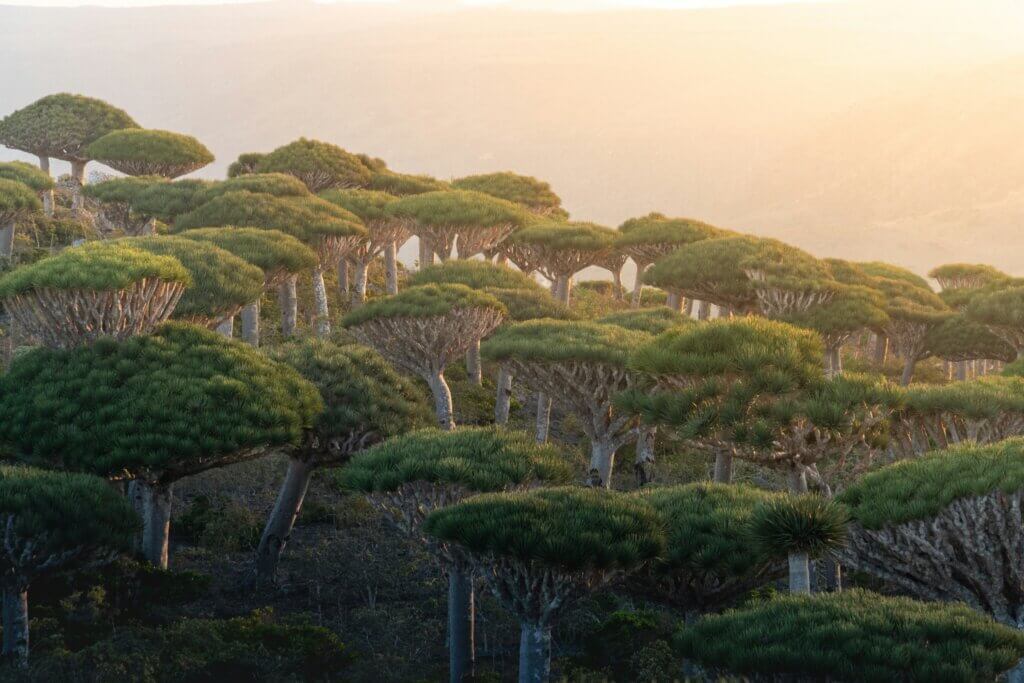
3. Isla Holbox, Mexico – No Cars, No Stress
Location: Yucatán Peninsula
Population: ~2,000
Accessibility: 2-hour drive from Cancún + 20-minute ferry
While most tourists flock to Tulum or Cancún, just a bit further north lies Isla Holbox, a tranquil paradise where cars are banned and sandy streets are navigated via bicycles or golf carts.
Holbox is part of the Yum Balam Nature Reserve, and despite being relatively accessible, it has managed to avoid overdevelopment — at least for now. Think hammocks strung between palm trees, bioluminescent beaches at night, and whale sharks swimming just offshore between June and September.
Off-the-grid level: 6/10
Best time to visit: March to September (whale shark season!)
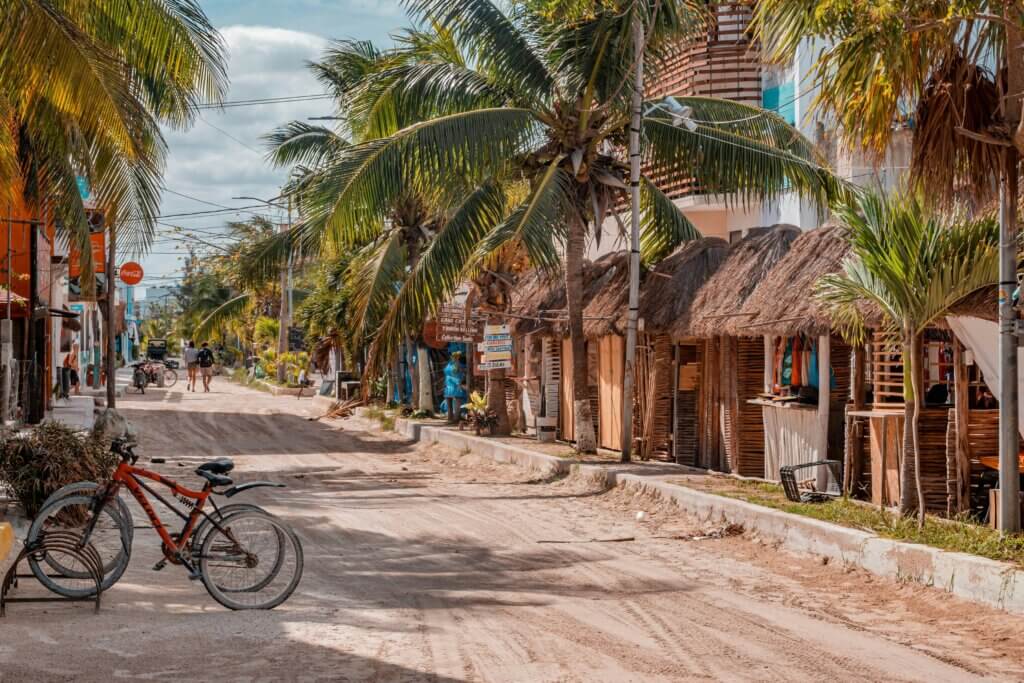
4. Kastellorizo, Greece – The Secret Aegean Jewel
Location: Easternmost Dodecanese, near Turkey
Population: ~500
Accessibility: Ferry from Rhodes or flight from Athens
Greece is famous for Santorini, Mykonos, and Crete — but few venture to Kastellorizo (also known as Megisti), a hidden gem so close to Turkey you could swim across (though we don’t recommend it!).
With its pastel-colored houses, crystal-clear waters, and charming harbor, Kastellorizo feels like stepping into a postcard — without the crowds. One of its highlights is the Blue Grotto, a sea cave where the sunlight turns the water electric blue. It’s perfect for travelers looking to slow down, write, paint, or just breathe.
Off-the-grid level: 7/10
Best time to visit: May to October
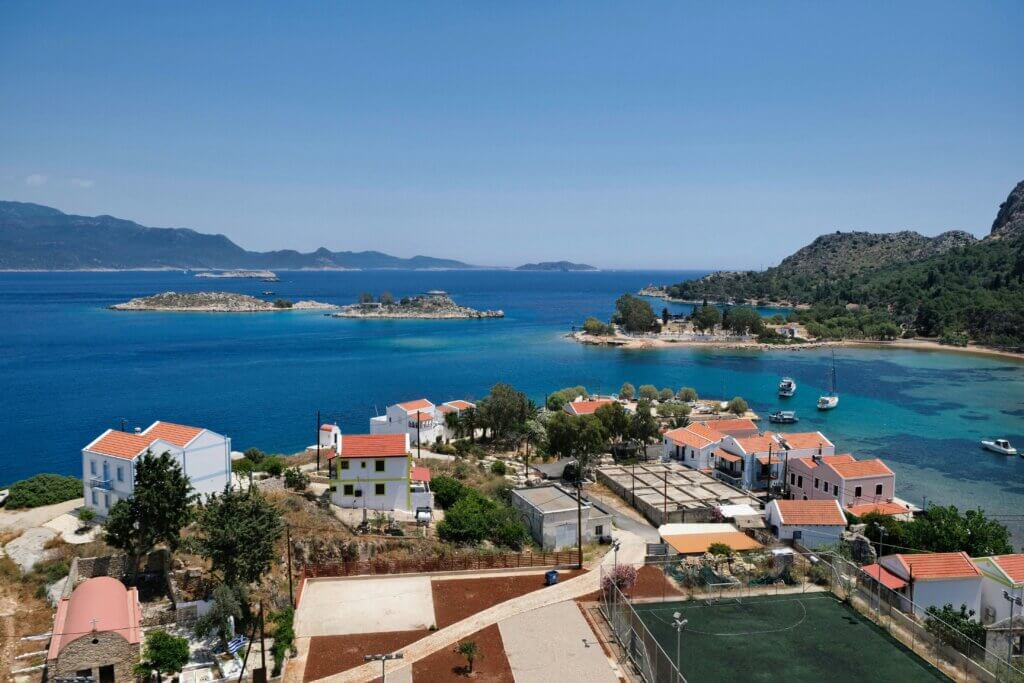
5. Aldabra Atoll, Seychelles – Untouched by Time
Location: Indian Ocean
Population: Uninhabited (except for scientists)
Accessibility: Charter flight + boat (limited permits)
Part of the Seychelles but far removed from its luxurious beach resorts, Aldabra Atoll is one of the largest coral atolls in the world — and one of the most biologically important.
Declared a UNESCO World Heritage Site, it’s home to over 150,000 giant tortoises (more than the Galápagos!), rare birds, sharks, and coral species. Due to its remoteness and conservation status, access is highly restricted, making it one of the most exclusive travel experiences on the planet.
If you do manage to secure a visit (usually through research or conservation programs), you’ll be rewarded with otherworldly landscapes and wildlife encounters few have ever seen.
Off-the-grid level: 10/10
Best time to visit: April to November (dry season)

6. Togean Islands, Indonesia – Remote Tropical Perfection
Location: Sulawesi Sea
Population: Scattered villages
Accessibility: Multiple ferries from Central Sulawesi
Located in the heart of the Coral Triangle, the Togean Islands are an archipelago of nearly 60 islands known for their vibrant marine life, coral reefs, and absence of mainstream tourism.
Electricity is limited, Wi-Fi is rare, and most accommodations are rustic beach huts run by locals. Yet, diving here rivals that of Komodo or Raja Ampat — without the tourist crush. Whether you’re snorkeling, kayaking through mangroves, or simply enjoying a book on a quiet beach, the Togeans redefine the meaning of escape.
Off-the-grid level: 9/10
Best time to visit: May to October (dry season)
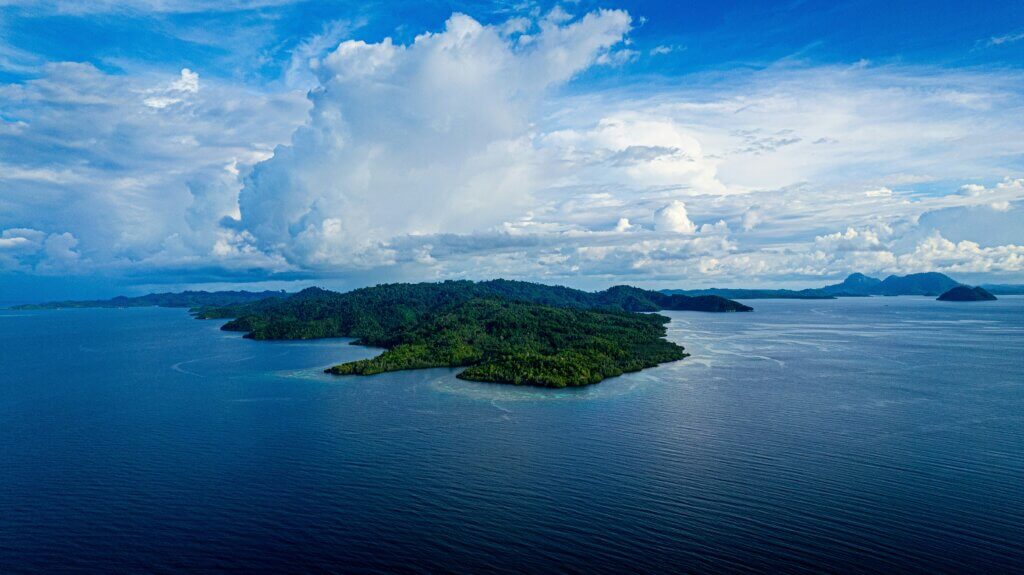
Travel Tips for Visiting Remote Islands
- Do your homework – Some islands have strict entry regulations or seasonal access limitations.
- Respect local cultures and ecosystems – These places are often fragile, both socially and environmentally.
- Be self-sufficient – Don’t expect constant internet, supermarkets, or ATMs. Pack accordingly.
- Travel responsibly – Leave no trace, support local communities, and avoid exploitative tour operations.
Why You Should Choose Remote Islands
In an age of overtourism and burnout, these forgotten islands offer something increasingly rare: authenticity. They remind us of the raw beauty of our planet and the value of disconnecting — from screens, stress, and schedules. They’re not for everyone. But if you’re craving depth instead of selfies, solitude instead of souvenir shops, and stories instead of snapshots — they might just be your paradise.
So go ahead — mark your calendar, book that boat, or chase that once-in-a-lifetime adventure.
These islands are waiting.